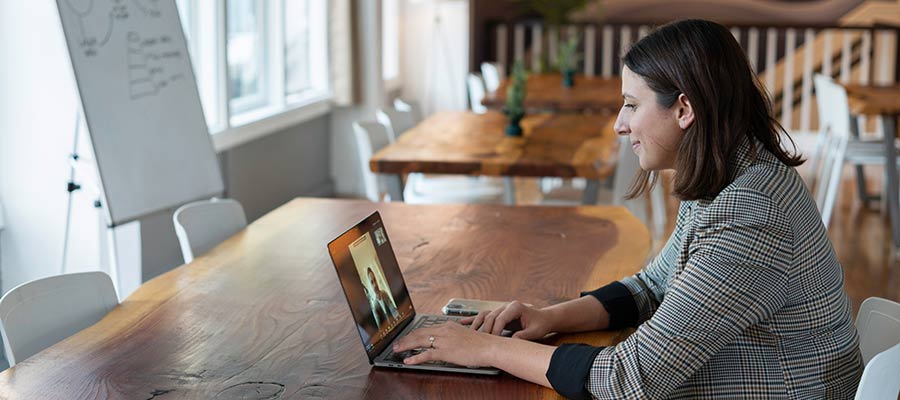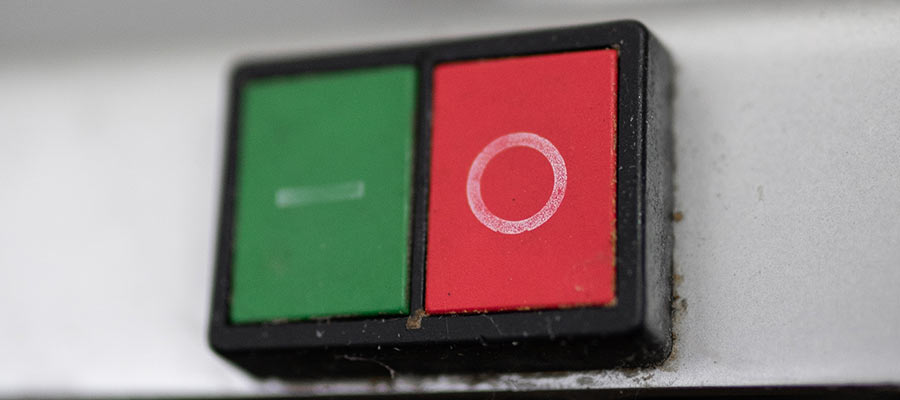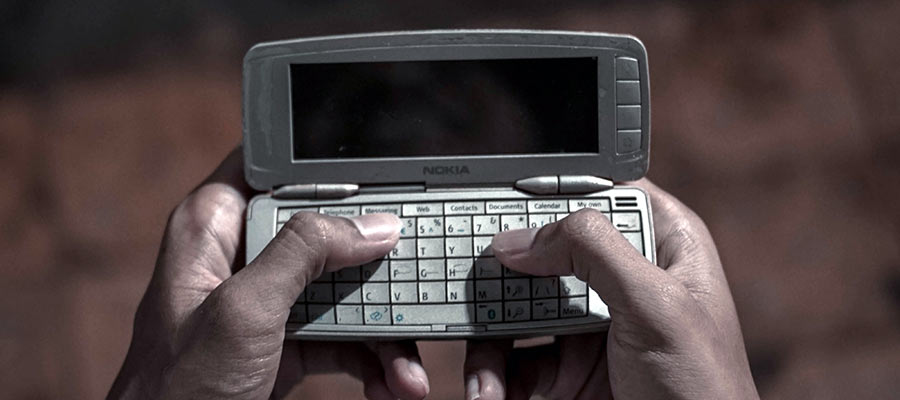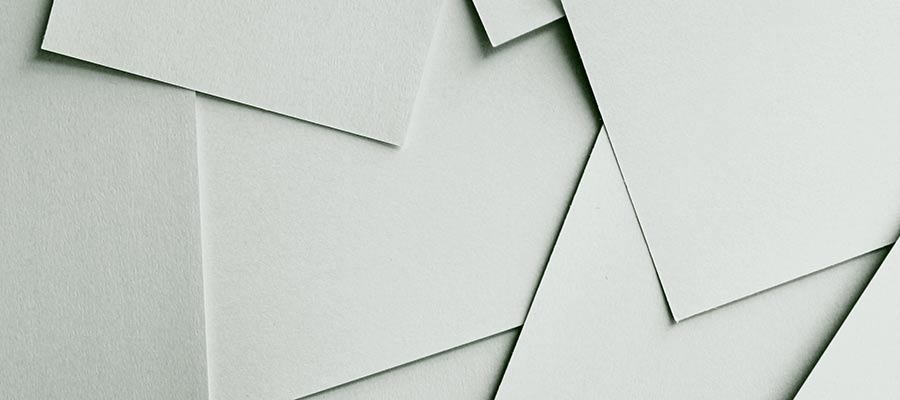Everyone likes to talk about “going green” these days. And there are plenty of good reasons for doing so. Most importantly, it’s the right thing to do for Mother Earth.
And there are several ways we freelancers can pitch in. Having a positive (if tiny) impact on the environment is part of the appeal. Beyond that, adopting green practices can increase your efficiency and potentially save you a little bit of money. What’s not to love?
Freelance web designers are also in a great position to make such changes. Since many of us are solo entrepreneurs, we can start enacting these practices immediately. There’s no need to run it by the “boss.”
With that, here are some things you can do to become a greener freelancer. It may be easier than you think!
Stick To Virtual Meetings
One of the side effects of the global pandemic was a huge shift towards virtual get-togethers. Clients who used to insist on face-to-face meetings are now just as comfortable with a Zoom conference.
As things have gradually opened up, this is one habit that should stick. Whether you generally travel by car or public transport, there’s a chance to save emissions by firing up your webcam.
And, for busy designers, the whole act of trudging out to a meeting is a massive drain on time. When you factor in preparation and travel, a simple one-hour confab can take up a significant portion of your day. It’s very inefficient.
There may be situations when being physically present is a requirement. Otherwise, you may as well take advantage of technology.

Turn Off Unused Equipment
Both web and graphic design can be filled with energy-intensive tasks. You need a powerful computer, along with various peripherals to do your job effectively. Put together, these items can use up a significant amount of electricity.
Many of us tend to leave this high-end equipment powered on – even when it’s not being used. This ends up wasting finite resources and costing you money.
Thankfully, the solution to this one is easy: turn off your equipment when it’s not in use. Computers can be placed in a “sleep” state, where they draw very little power. Or you could shut them down completely.
Meanwhile, hardware such as printers only needs to be on while they’re actively being used. Even if the savings are relatively small, it adds up over time.
Turning off hardware isn’t relevant just to your off-hours. It also applies to times when you’re at work. For example, shutting off your monitor during breaks and adjusting its brightness settings are also worthwhile tweaks.

Recycle Old Electronics
The unfortunate part of having so many high-tech gadgets is that they tend to become obsolete – and quickly. That fancy phone you couldn’t wait to buy? How about that “state-of-the-art” laptop? Well, they’re not quite as shiny these days.
If you’re anything like this web designer, you likely have a number of these items sitting in a closet. While they aren’t necessarily hurting anything, they are taking up valuable space. And, because they often contain environmentally toxic materials, it’s not safe to simply throw them in the trash.
Recycling is a much better option. However, it’s not always a straightforward task. Not every geographic area has a recycling program. And some recyclers aren’t very transparent about their process – meaning your old devices can still do environmental harm.
Therefore, you’ll want to do some research beforehand. Look for a service that will take your old electronics and recycle them in an environmentally-conscious way.

Minimize the Use of Paper
Over the years, the term “paperless” has been mentioned quite a bit. But how realistic is it?
Paper is still all around us. Postal mail arrives at our homes and offices. Stores continue to sell books, sketchpads, and all manner of paper products. It’s not going away anytime soon.
There is a great opportunity to minimize our use, however. Electronic invoicing for clients is a great alternative to mailing out hard copies (and saves you some postage). While there may be a few old-fashioned clients who prefer paper, the majority should be fine receiving bills via email.
It’s also likely that most of the vendors you work with offer electronic billing as well. And with digital storage being both cheap and abundant, computerizing your receipt archives is a logical choice. Storing piles of paper, on the other hand, is a pain.
Printers are still an office necessity, but it’s worth thinking twice before using them. If you need a hard copy of a document, that’s fine. Otherwise, you may be served just as well by keeping it digitally.

Easy Ways Designers Can Help the Planet
The ideas above share a few common threads. First, they’re incredibly easy to implement. None of them require a massive effort. And they’re also small steps toward reducing waste.
There are plenty of opportunities to take further action – both large and small. We’ll leave those options up to you. However, positioning your business to be as green as possible is a great start.
Related Topics
Top